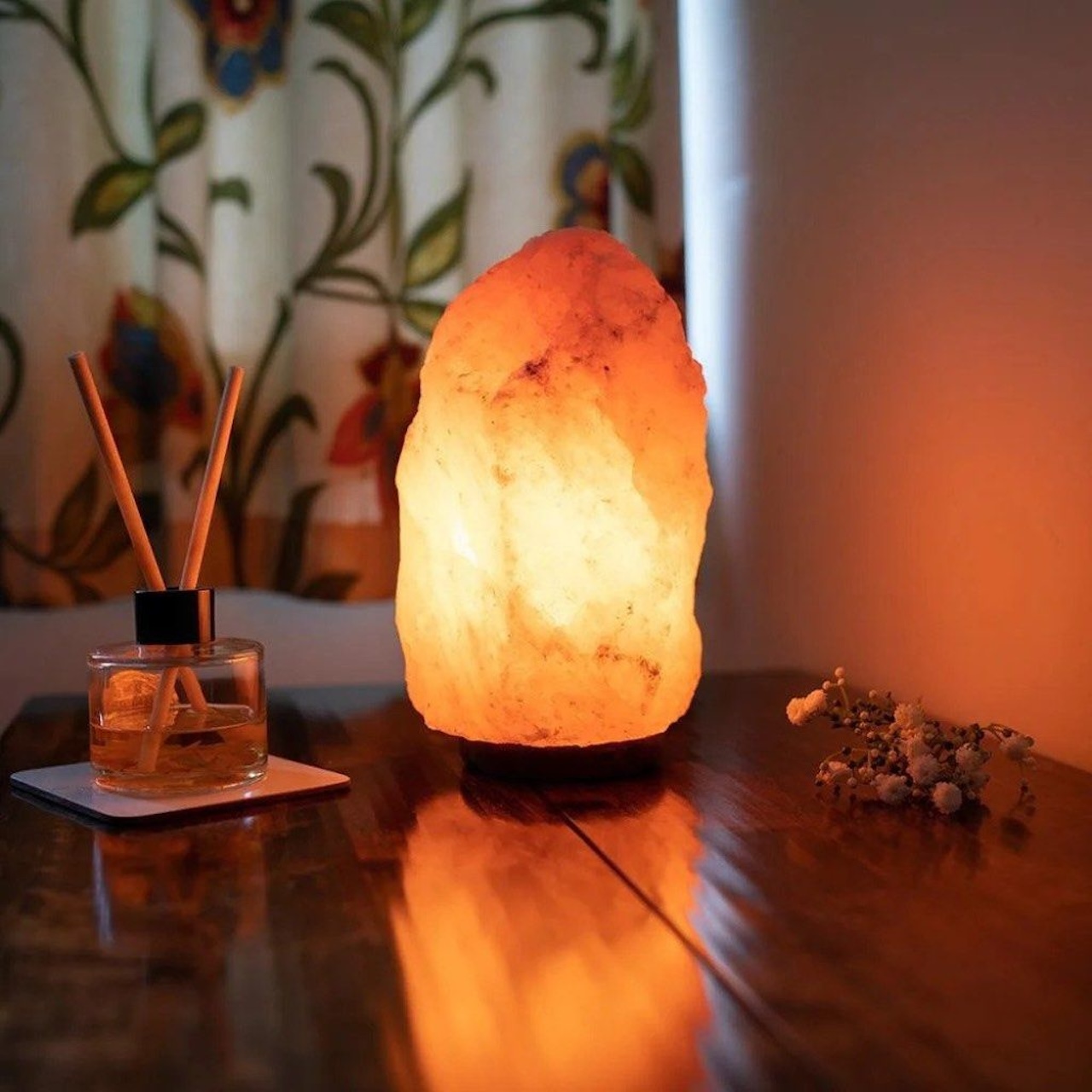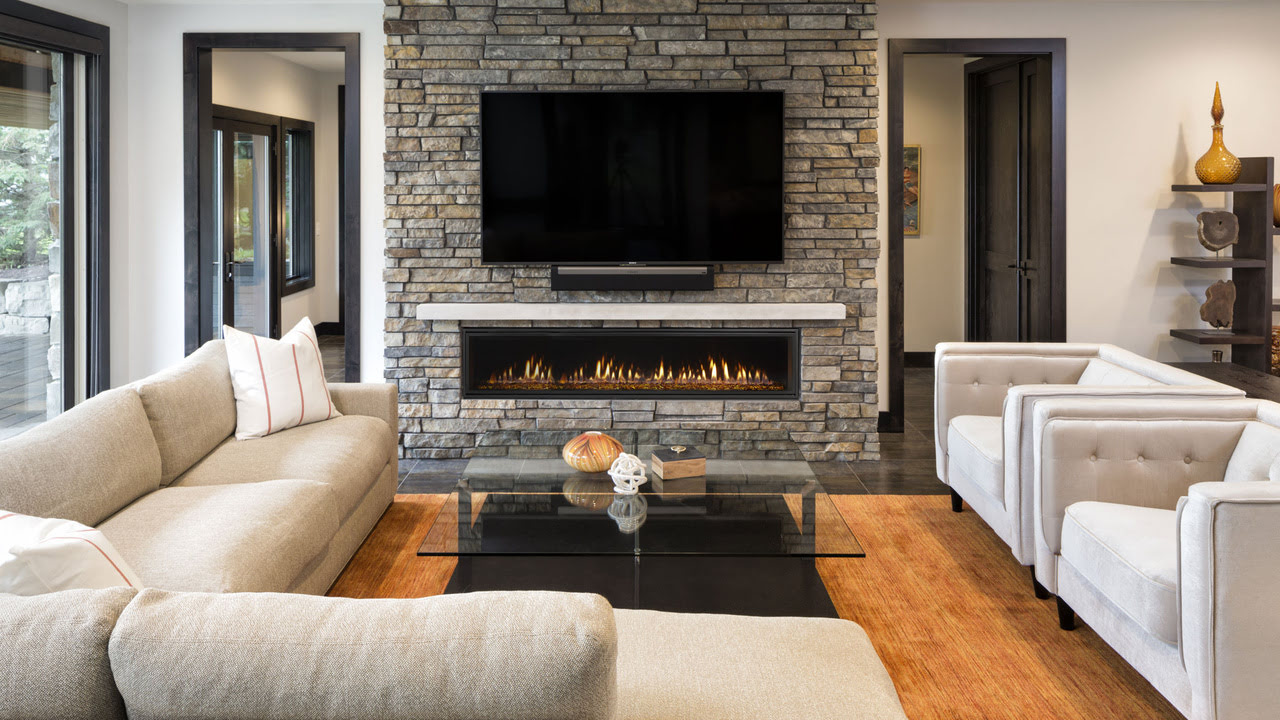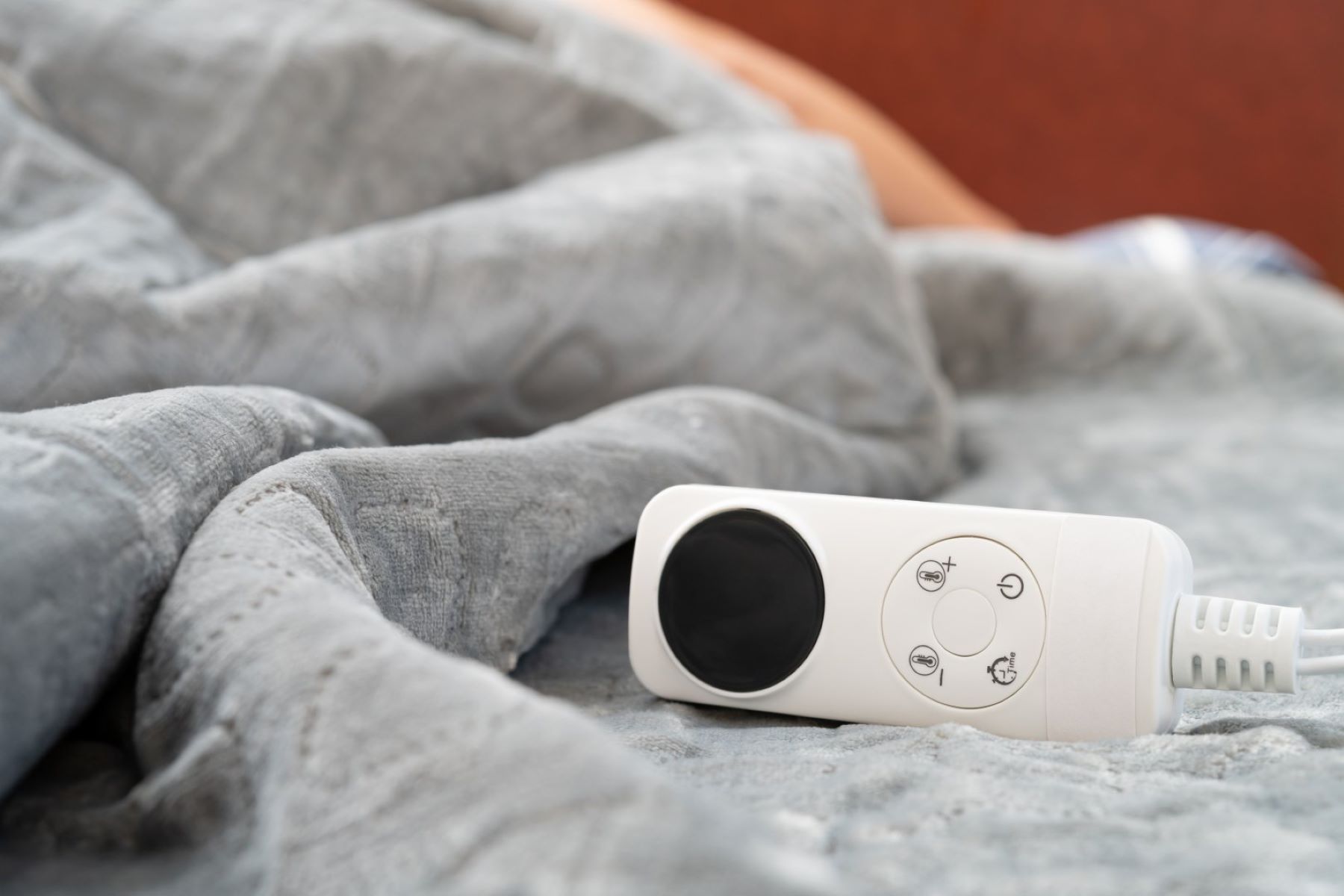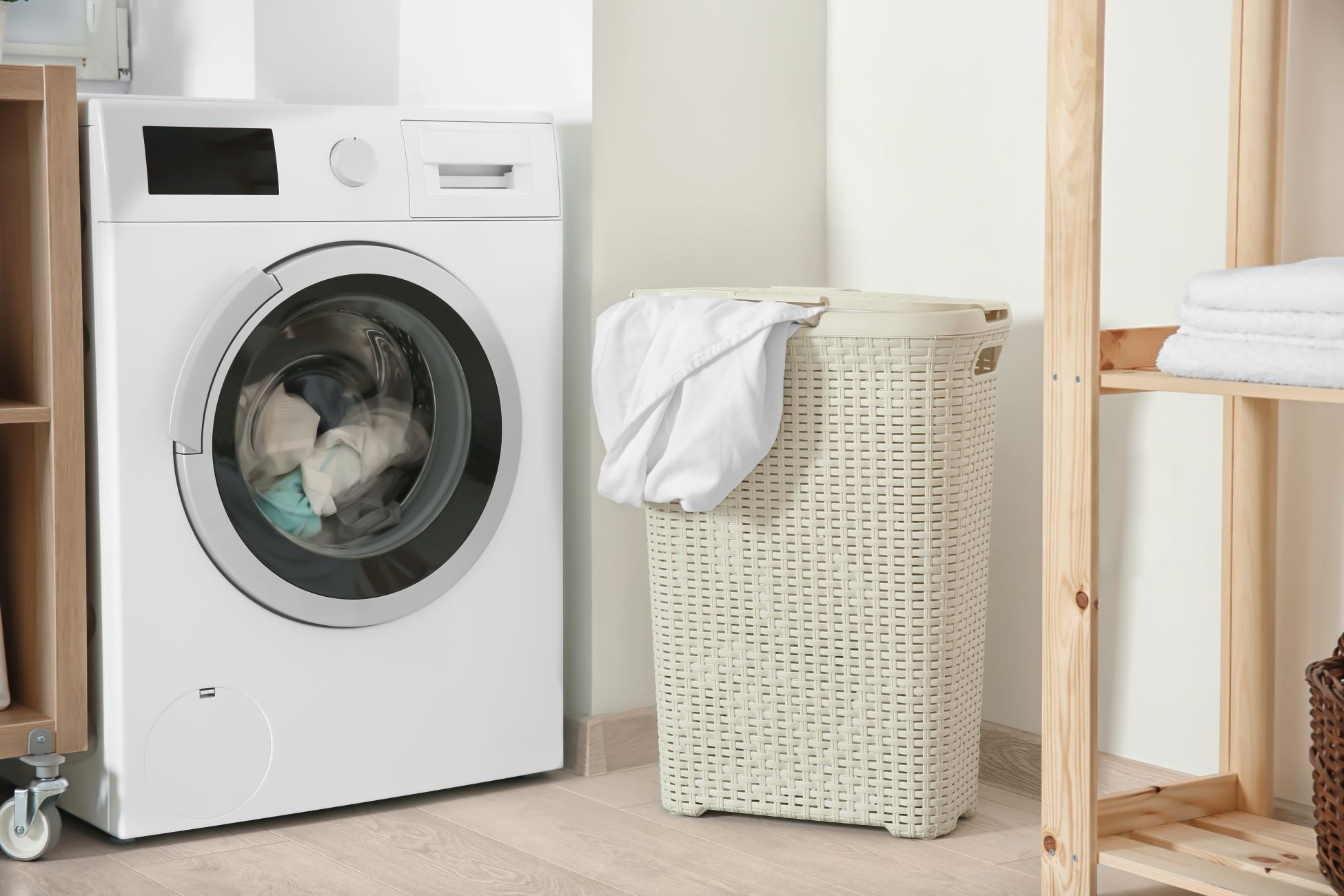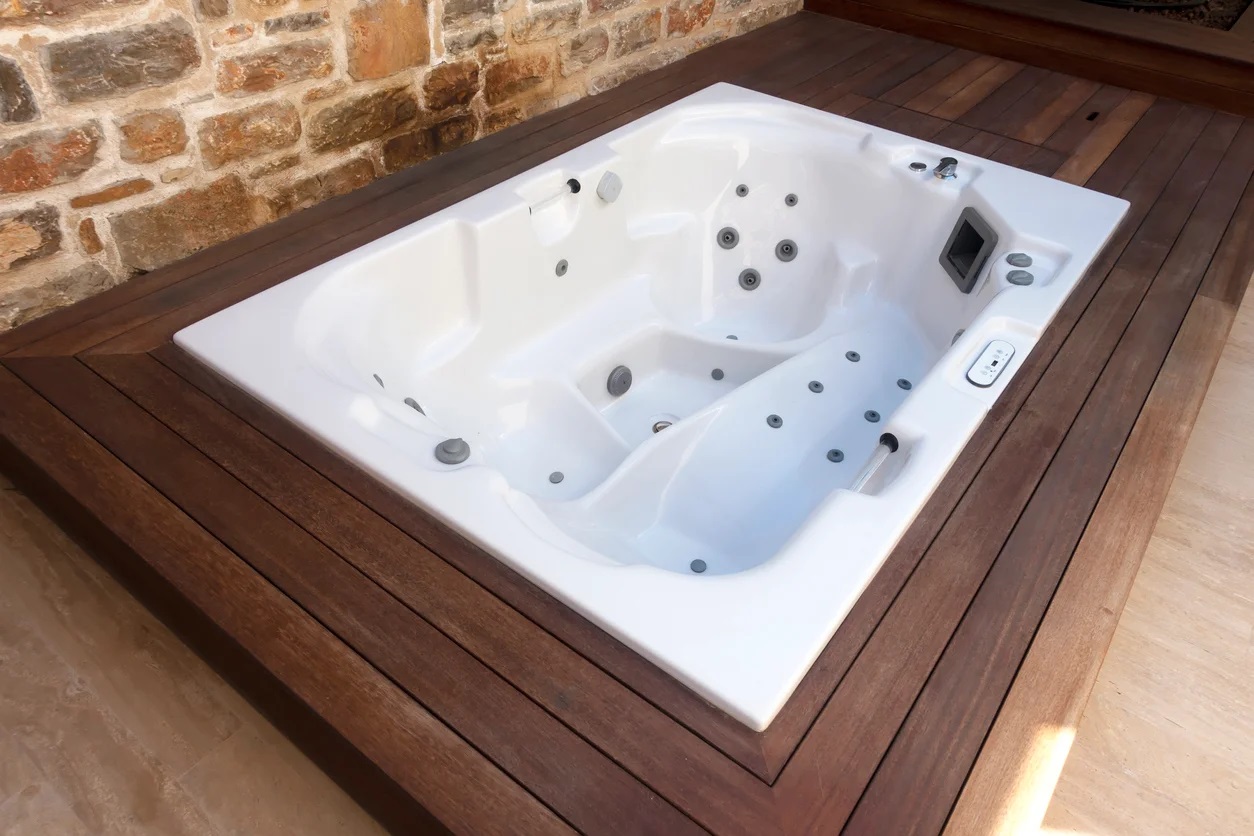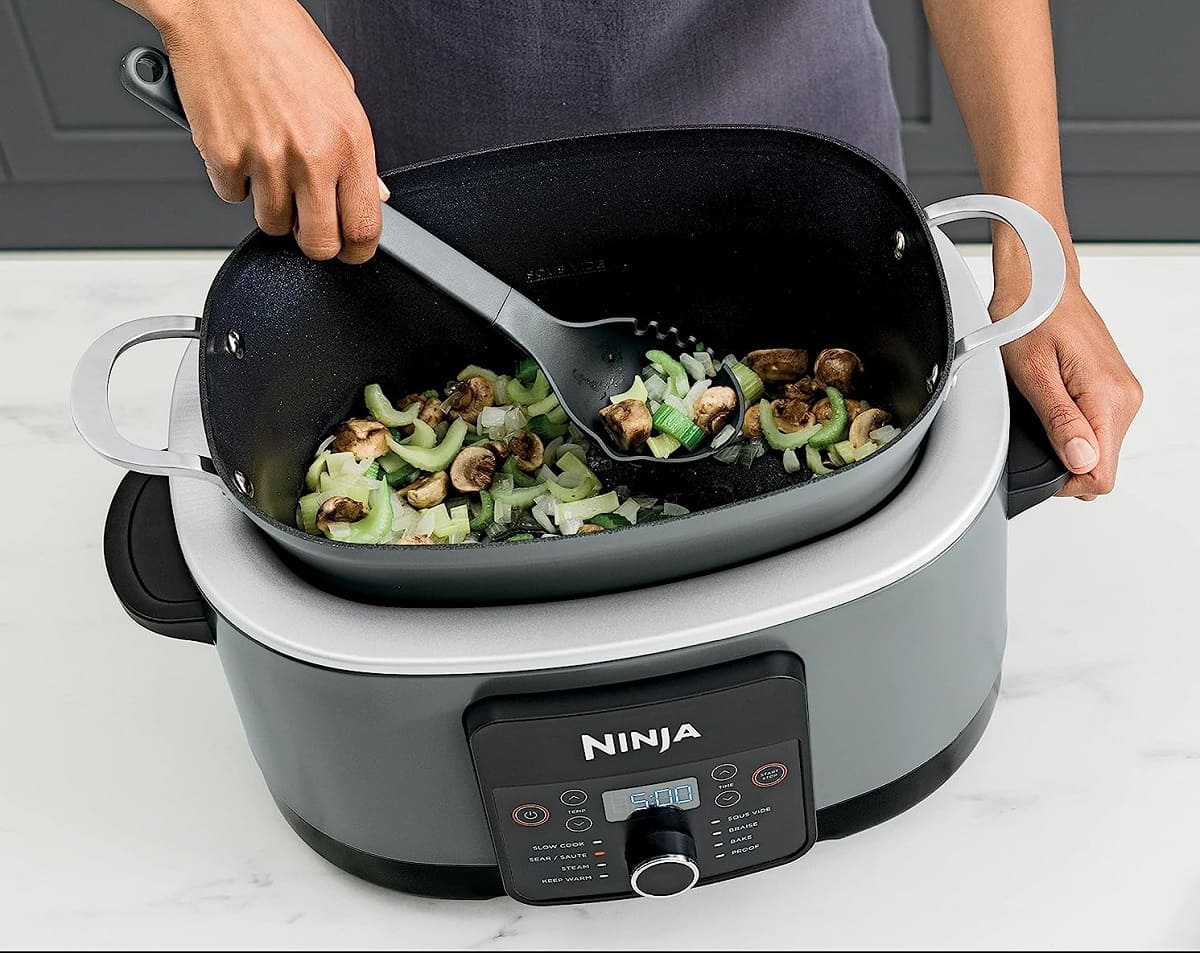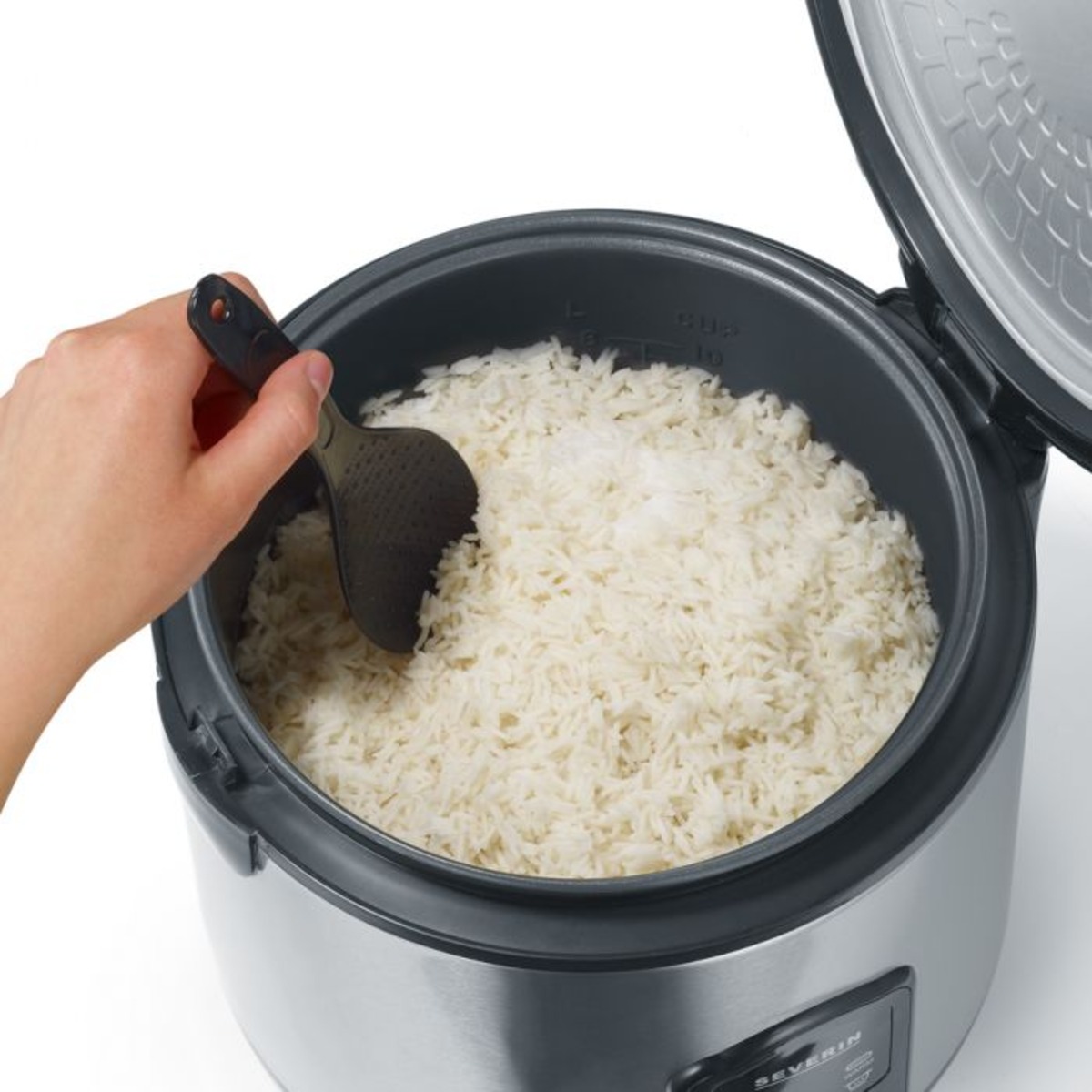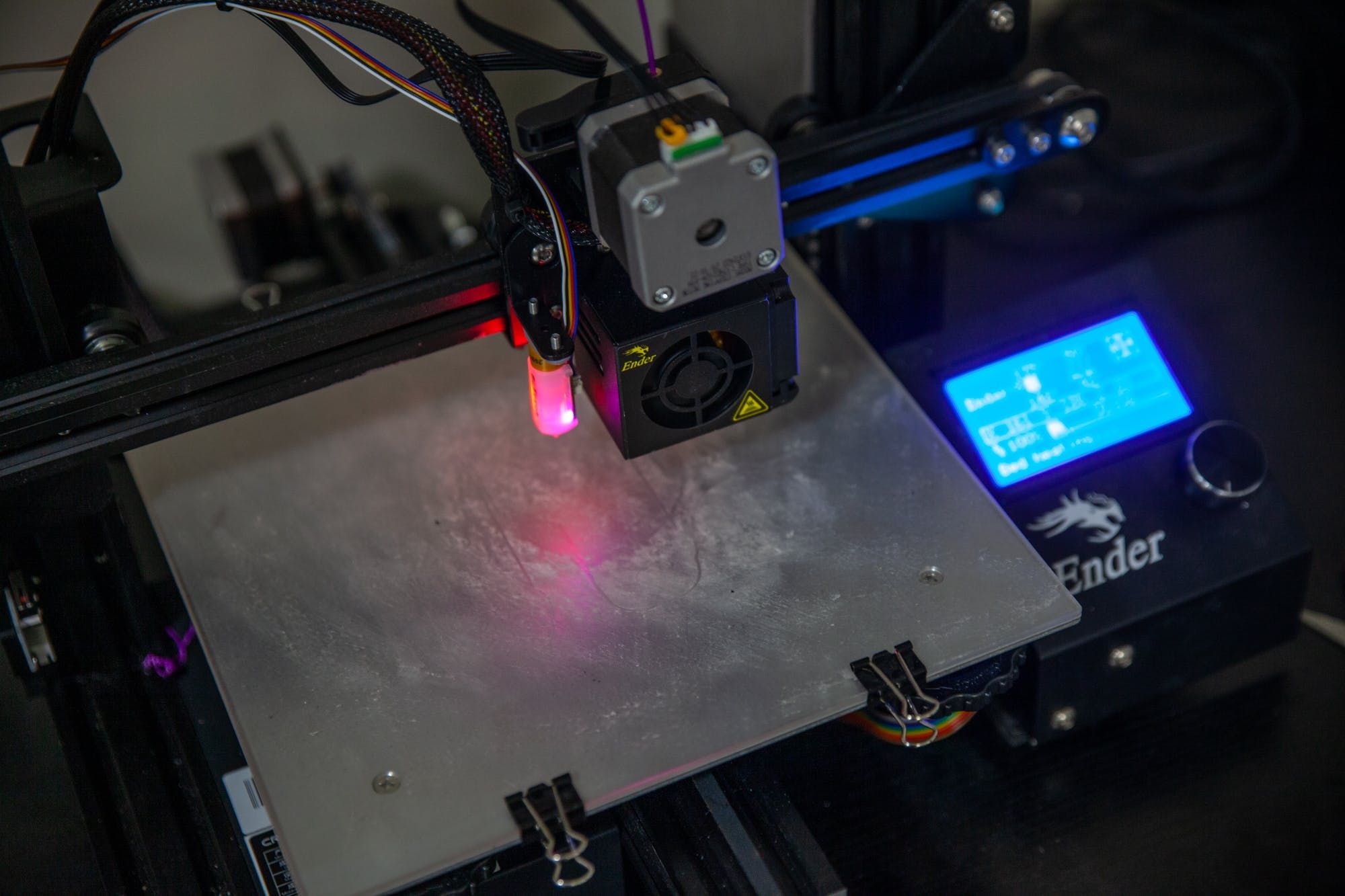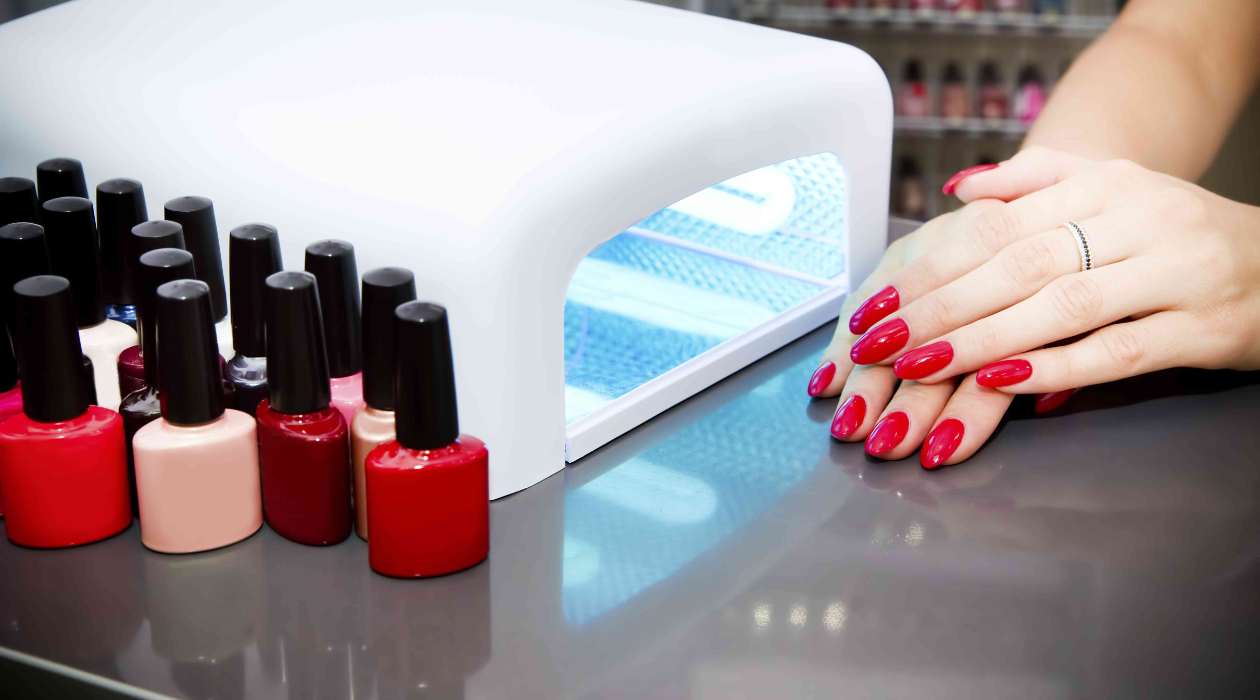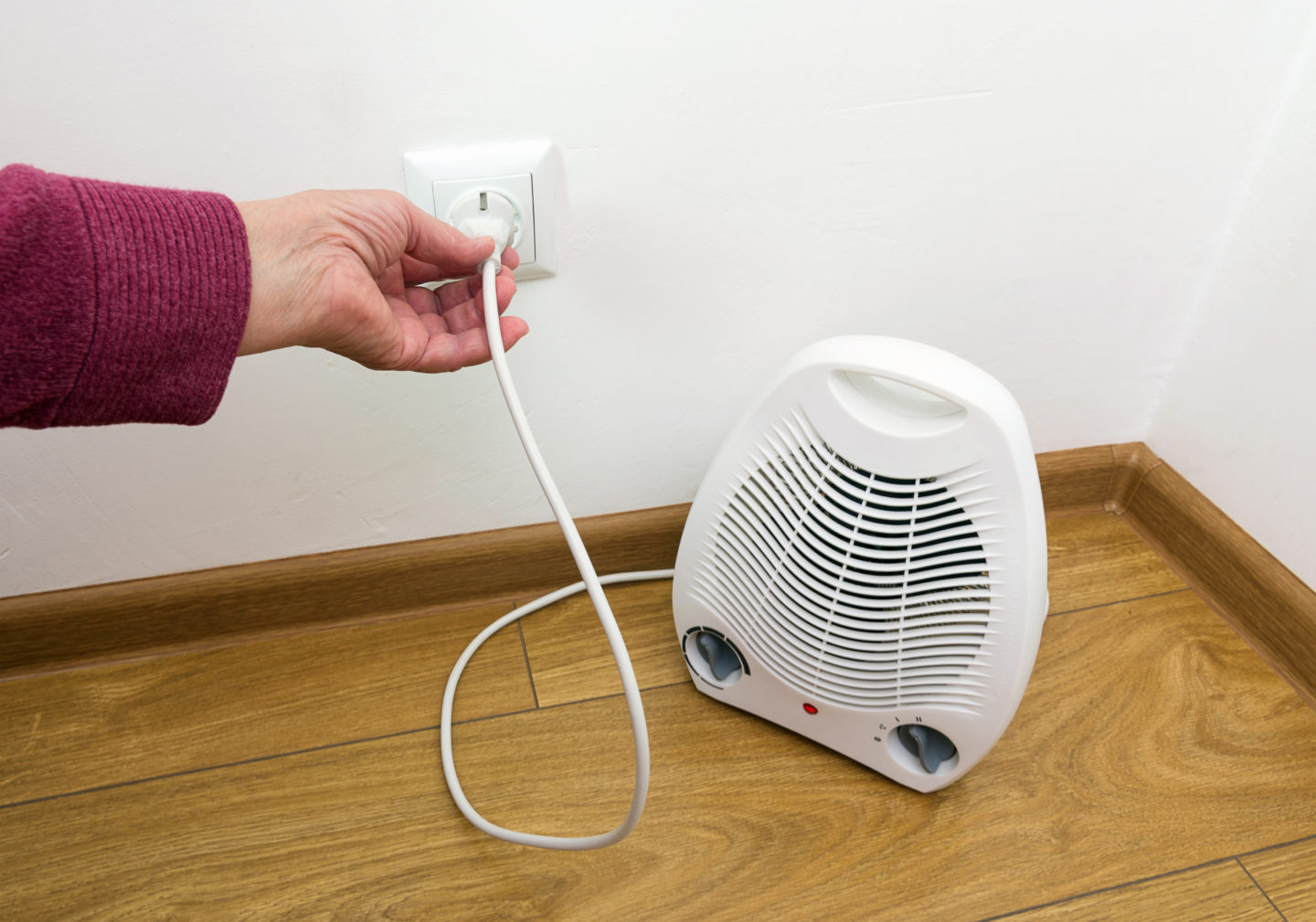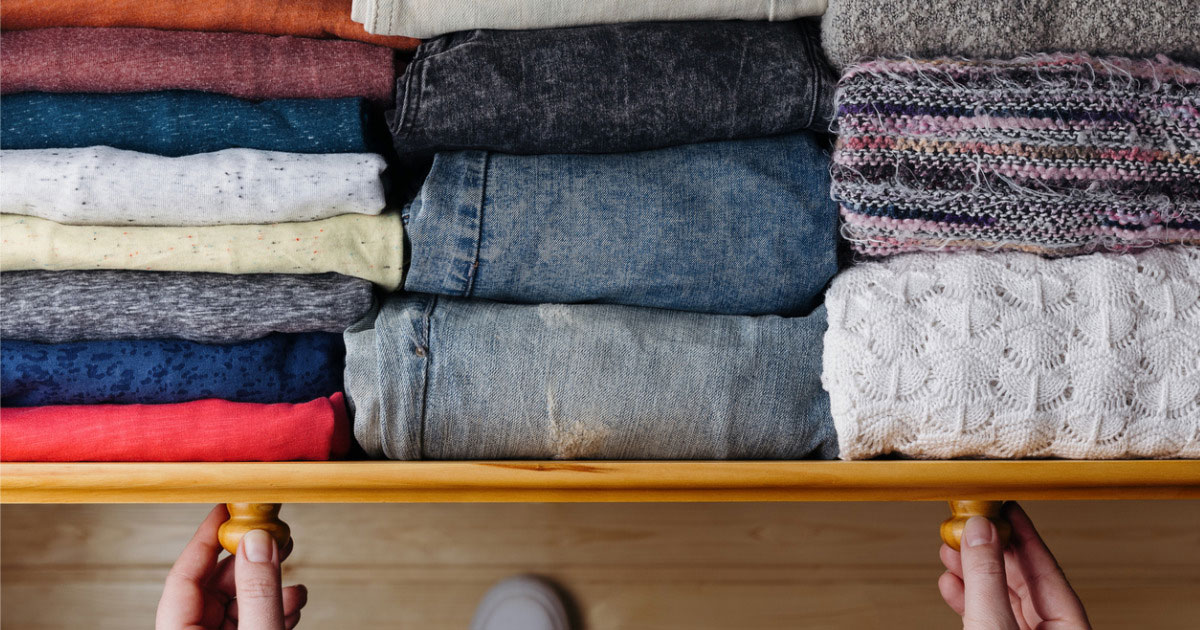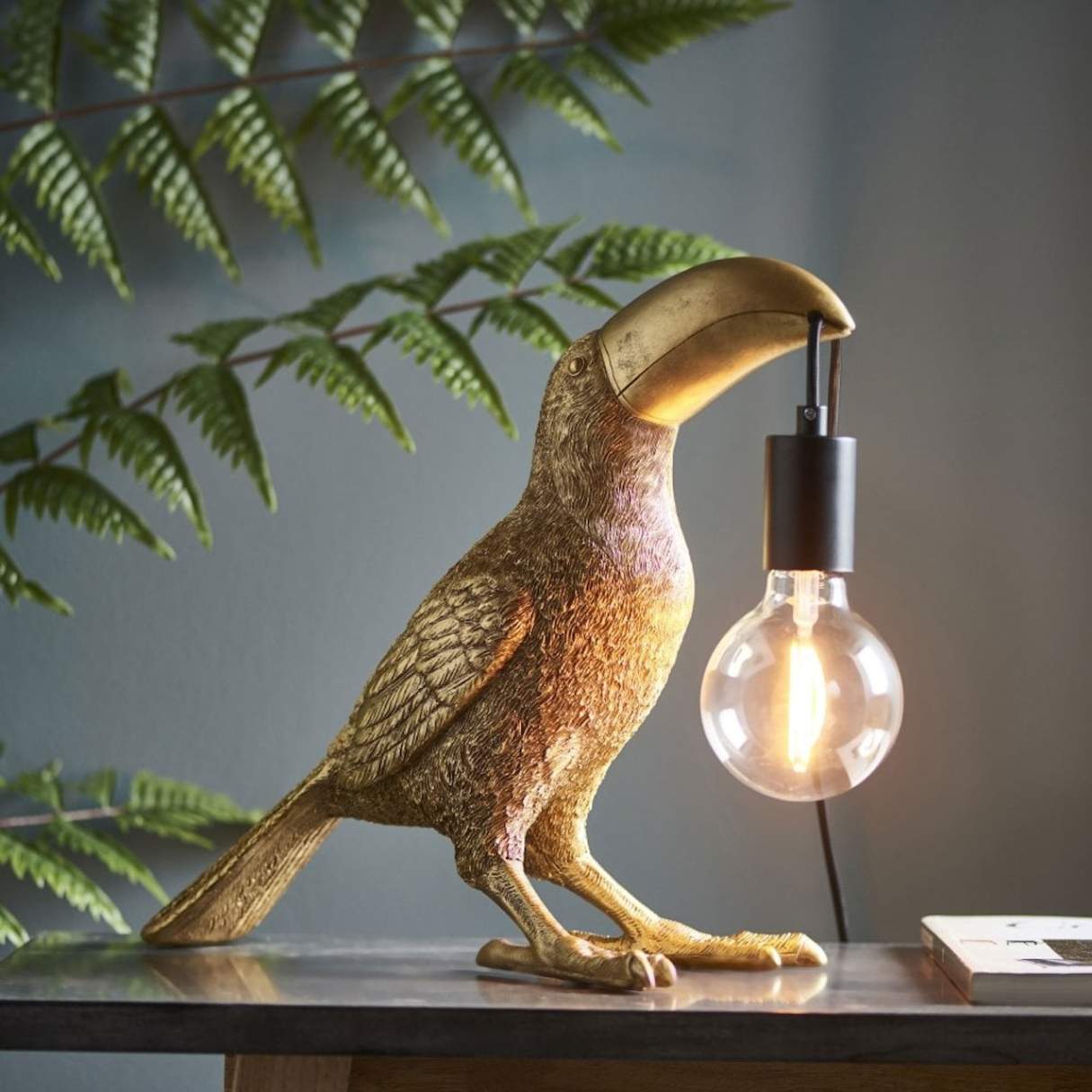

Furniture
How Long Can You Leave A Lamp On
Modified: January 18, 2024
Discover how long you can safely leave a lamp on without damaging your furniture. Find out the best practices for lamp usage and maintenance.
(Many of the links in this article redirect to a specific reviewed product. Your purchase of these products through affiliate links helps to generate commission for Storables.com, at no extra cost. Learn more)
Introduction
When it comes to lighting up a room, lamps play a crucial role in creating the perfect ambiance. Whether you have a desk lamp that helps you focus during late-night work sessions or a decorative table lamp that adds a touch of elegance to your living room, it’s important to understand how long you can safely leave a lamp on.
While the answer to this question may vary depending on the type of lamp you have, there are several factors to consider that can affect its lifespan. From the type of bulb you use to how well you take care of it, understanding these factors will help you make informed decisions to ensure the longevity of your lamps.
In this article, we will explore how different types of bulbs impact the lifespan of lamps and provide tips on how to increase their longevity. So, let’s dive in and shed some light on the subject!
Key Takeaways:
- Energy-efficient LED lamps can last over 10 years when left on for 8 hours a day, thanks to their minimal heat output and sturdy construction. Choosing high-quality bulbs is key to maximizing their lifespan.
- Compact Fluorescent Lamps (CFLs) offer a lifespan of 3 to 7 years when left on for 8 hours a day, making them a cost-effective and energy-efficient lighting option. Proper handling and disposal are essential due to their small mercury content.
Read more: How Long Can You Leave A Heat Lamp On
Factors Affecting Lamp Lifespan
Several factors can affect the lifespan of a lamp, including:
- Bulb Quality: The quality of the bulb you use plays a significant role in determining how long your lamp will last. Investing in high-quality bulbs not only improves their lifespan but also ensures better performance and energy efficiency.
- Heat: Heat can have a significant impact on the lifespan of a lamp. Excessive heat can cause the lamp’s components, such as the filament or the electronic driver in an LED bulb, to deteriorate faster. It is important to choose lamps with effective cooling mechanisms to dissipate heat efficiently.
- Voltage Fluctuations: Frequent voltage fluctuations can shorten the lifespan of a lamp. It is important to use voltage stabilizers or surge protectors to protect your lamps from sudden power surges or drops.
- Usage Patterns: The amount of time a lamp is left on and the frequency of on/off cycles can impact its lifespan. Constantly turning a lamp on and off can cause stress on the filament or LED components. It is generally recommended to leave lamps on for longer periods rather than frequently switching them on and off.
- Environmental Conditions: The environment in which a lamp operates can affect its lifespan. Humidity, temperature extremes, and exposure to dust or debris can impact the performance and longevity of the lamp. It is essential to place lamps away from areas with excessive moisture or dirt accumulation.
By understanding these factors and taking appropriate measures, you can extend the lifespan of your lamps and enjoy their illumination for an extended period of time. Now, let’s delve into the different types of bulbs and their impact on lamp lifespan.
Energy-Efficient Bulbs vs. Traditional Bulbs
When it comes to choosing bulbs for your lamps, you have two primary options: energy-efficient bulbs and traditional bulbs. Let’s take a closer look at each:
Energy-Efficient Bulbs:
Energy-efficient bulbs, such as LED (Light Emitting Diode) lamps and Compact Fluorescent Lamps (CFLs), are designed to consume less energy while providing the same amount of light or even more. They are considered a more sustainable and cost-effective choice compared to traditional bulbs due to their long lifespan and energy efficiency.
LED lamps are known for their exceptional lifespan, which can range from 25,000 to 50,000 hours or more. This means that if you were to leave an LED lamp on for 8 hours a day, it could last for over 10 years before needing replacement. Their lower energy consumption also contributes to their extended lifespan. LED lamps are highly versatile and available in various shapes, sizes, and color temperatures, making them suitable for different lighting needs.
CFLs, on the other hand, are a more affordable alternative to LED lamps. While their lifespan is generally shorter compared to LEDs, ranging from 8,000 to 15,000 hours, they still outlast traditional incandescent bulbs. CFLs consume less energy and produce less heat, making them a safer and more environmentally friendly choice. However, it is important to note that CFLs contain a small amount of mercury, so proper disposal measures should be followed.
Traditional Bulbs:
Traditional bulbs, such as incandescent lamps, are the least energy-efficient option. They work by passing electricity through a tungsten filament, which produces light. However, much of the energy is lost as heat, making them inefficient and short-lived. Incandescent lamps typically have the shortest lifespan, ranging from 1,000 to 2,000 hours. Constantly replacing incandescent bulbs can be expensive in the long run and has a higher impact on the environment due to their higher energy consumption.
It is important to consider these differences when choosing bulbs for your lamps. Energy-efficient options not only offer longer lifespans but also help reduce electricity consumption and lower utility bills. This makes them a more sustainable and economical choice in the long term.
Now that we have explored the differences between energy-efficient bulbs and traditional bulbs, let’s dig into how long you can leave specific types of bulbs on.
How Long Can LED Lamps be Left On?
LED (Light Emitting Diode) lamps are known for their exceptional lifespan and energy efficiency. Thanks to their advanced technology, LED lamps can be left on for extended periods without significant concerns.
The average lifespan of an LED lamp can range from 25,000 to 50,000 hours or even more, depending on the quality of the bulb. This means that if you were to leave an LED lamp on for 8 hours a day, it could last for over 10 years before needing replacement.
LED lamps have several advantages when it comes to longevity:
- Energy Efficiency: LED lamps consume significantly less energy compared to traditional incandescent bulbs, which contributes to their extended lifespan. They convert a higher percentage of electricity into light rather than heat, making them more efficient and durable.
- Minimal Heat Output: LED lamps generate very little heat, which helps to preserve their lifespan. By reducing heat output, LED lamps experience less wear and tear on internal components, resulting in a longer operational life.
- No Filament: Unlike incandescent lamps, LED lamps do not have a delicate filament that can burn out or break easily. Instead, they use semiconductor technology to produce light. This eliminates one of the main reasons for bulb failures and contributes to their longevity.
- Sturdy Construction: LED lamps are designed with durable materials and advanced manufacturing techniques. This ensures better resilience against environmental factors like vibrations and shocks, further enhancing their lifespan.
It is important to note that while LED lamps can be left on for long periods, it is still advisable to turn them off when they are not needed. This can help conserve energy and extend the overall lifespan of the bulb.
When selecting LED lamps, it is recommended to choose bulbs from reputable brands that adhere to quality standards. This will ensure you receive a reliable and long-lasting product.
Now that you understand the lifespan of LED lamps, let’s explore the duration for which Compact Fluorescent Lamps (CFLs) can be left on.
To ensure safety and energy efficiency, it is recommended to turn off a lamp when it is not in use. Leaving a lamp on for extended periods can lead to overheating and potential fire hazards.
How Long Can Compact Fluorescent Lamps (CFLs) be Left On?
Compact Fluorescent Lamps (CFLs) are energy-efficient alternatives to traditional incandescent bulbs. They offer a longer lifespan and lower energy consumption, making them a popular choice for many households.
The average lifespan of a CFL can range from 8,000 to 15,000 hours, depending on the quality of the bulb. This means that if you were to leave a CFL lamp on for 8 hours a day, it could last for around 3 to 7 years.
There are a few factors that can influence the lifespan of CFLs:
- Quality: The quality of the CFL bulb can have a significant impact on its lifespan. Choosing bulbs from reputable brands that adhere to quality standards is essential for maximizing their longevity.
- Warm-up Time: CFLs require a short warm-up time to reach their full brightness. Frequent on/off cycling can reduce their lifespan. It is advisable to leave CFL lamps on for longer periods rather than frequently switching them on and off.
- Voltage Fluctuations: CFLs are sensitive to voltage fluctuations. Sudden power surges or drops can shorten their lifespan. To protect your CFL lamps, consider using voltage stabilizers or surge protectors.
- Environmental Conditions: CFLs can be affected by extreme temperatures and humidity. It is important to avoid placing CFL lamps in areas with high moisture or temperature fluctuations, as this can impact their performance and lifespan.
It’s worth noting that CFLs contain a small amount of mercury within their tubes, which is used to produce light. While this mercury content is relatively low, proper disposal measures should be followed to prevent environmental harm. Many recycling programs and local waste management facilities accept CFL bulbs for safe disposal.
Overall, CFL lamps provide a longer lifespan compared to traditional incandescent bulbs. They are an energy-efficient and cost-effective lighting option for your lamps. However, as technology continues to advance, LED lamps are gradually taking over as the preferred choice due to their even longer lifespan and greater energy efficiency.
Now that we have covered the lifespan of CFL lamps, let’s explore the duration for which traditional incandescent lamps can be left on.
Read more: How Long Can You Leave Lava Lamp On
How Long Can Incandescent Lamps be Left On?
Incandescent lamps have been a common lighting choice for many years, but they are gradually being phased out due to their low energy efficiency and shorter lifespan compared to newer bulb technologies. Incandescent lamps work by passing electricity through a tungsten filament to produce light, but this process generates a significant amount of heat, resulting in energy wastage.
The average lifespan of an incandescent lamp typically ranges from 1,000 to 2,000 hours, depending on the wattage and usage. If you were to leave an incandescent lamp on for 8 hours a day, it may last approximately 4 to 8 months before needing replacement.
There are several factors that can affect the lifespan of incandescent lamps:
- Heat: Incandescent lamps emit a significant amount of heat while producing light. The excessive heat can cause the tungsten filament to deteriorate over time, resulting in a shorter lifespan.
- Usage Patterns: Frequent on/off cycling can reduce the lifespan of incandescent lamps. It is generally recommended to leave them on for longer periods rather than frequently switching them on and off.
- Filament Breakage: Incandescent lamps rely on a fragile filament, which can break due to vibrations or shocks. This can significantly impact the lifespan of the lamp.
- Quality: The quality of the incandescent bulb also plays a role in its lifespan. Cheaper, lower-quality bulbs may have a shorter lifespan compared to more reputable brands.
Due to their low energy efficiency and short lifespan, incandescent lamps are being phased out in favor of more energy-efficient alternatives such as LED and CFL bulbs. In many countries, incandescent lamps are no longer being manufactured or sold.
If you still have incandescent lamps in your home, it is worth considering upgrading to more energy-efficient options. This not only saves on energy costs in the long run but also reduces your carbon footprint.
Now that we have covered the lifespan of incandescent lamps, let’s explore some tips to increase the lifespan of lamps regardless of the bulb type.
Tips to Increase the Lifespan of Lamps
Regardless of the type of lamp or bulb you use, there are actions you can take to increase their lifespan and ensure they shine brightly for longer periods. Here are some tips to consider:
- Choose High-Quality Bulbs: Investing in high-quality bulbs from reputable brands can make a significant difference in the lifespan of your lamps. These bulbs are often built with better materials and advanced technology, ensuring longer-lasting performance.
- Keep Lamps Clean: Regularly dusting and cleaning your lamps can help improve their performance and prevent dust buildup, which can affect the bulb’s heat dissipation and overall lifespan. Follow appropriate cleaning methods recommended by the manufacturer.
- Avoid Excessive Heat: Heat can adversely affect the lifespan of lamps. Ensure that your lamps have proper ventilation and are not placed near heat sources such as radiators or direct sunlight. This will help prevent excessive heat buildup, which can lead to premature bulb failure.
- Proper Usage: Be mindful of how you use your lamps. Avoid frequent on/off cycling, as this can put stress on the bulbs. Instead, leave them on for longer periods when needed. This applies to both LED and CFL lamps, as well as incandescent lamps.
- Use Voltage Stabilizers: If you live in an area with frequent voltage fluctuations, consider using voltage stabilizers or surge protectors to protect your lamps. These devices can help regulate the electrical supply and prevent damage caused by sudden power surges or drops.
- Follow Manufacturer Recommendations: Each lamp and bulb may come with specific guidelines and recommendations from the manufacturer. It is important to read and follow these instructions, as they can provide valuable insights on how to maximize the lifespan of your lamps.
- Consider Dimming Options: If your lamps support dimming, using dimmer switches can help extend their lifespan. Lowering the brightness reduces the strain on the bulbs and can contribute to a longer operational life.
- Turn Off When Not in Use: While LED lamps and CFLs are designed to be left on for longer periods, it is still advisable to turn them off when they are not needed. This not only helps conserve energy but also extends the overall lifespan of the bulbs.
By implementing these tips, you can ensure that your lamps last as long as possible, saving you money on replacements and reducing your environmental impact. Taking proper care of your lamps not only prolongs their lifespan but also ensures that they continue to provide optimal lighting for your space.
With these tips in mind, you can now make informed decisions on how long to leave your lamps on and take steps to increase their longevity. Now, let’s wrap up our discussion.
Conclusion
When it comes to leaving lamps on for extended periods, it’s important to consider the type of bulb you’re using and how it can impact the lifespan of your lamps. Energy-efficient bulbs, such as LED lamps and Compact Fluorescent Lamps (CFLs), offer longer lifespans and lower energy consumption compared to traditional incandescent lamps.
LED lamps are known for their exceptional lifespan and energy efficiency. With an average lifespan of 25,000 to 50,000 hours, LED lamps can last for over 10 years of typical usage. Their minimal heat output and durable construction contribute to their longevity.
CFLs, though not as long-lasting as LED lamps, still offer a significantly longer lifespan compared to incandescent lamps. With an average lifespan of 8,000 to 15,000 hours, CFLs can provide illumination for several years. However, it’s important to handle and dispose of CFLs properly due to their small mercury content.
On the other hand, traditional incandescent lamps have the shortest lifespan, ranging from 1,000 to 2,000 hours. Their inefficient design and significant heat output make them less suitable for leaving on for long periods. However, incandescent lamps are gradually being phased out in favor of more energy-efficient options.
To ensure the longest lifespan for your lamps, you can follow some valuable tips. Choosing high-quality bulbs, keeping lamps clean, avoiding excessive heat, and using voltage stabilizers are just a few measures to increase their durability. Additionally, proper usage and turning off lamps when not in use can further extend their lifespan.
By making informed choices and taking care of your lamps, you can enjoy well-lit spaces for longer periods while minimizing replacement costs and reducing your environmental impact.
So, next time you’re wondering how long you can safely leave a lamp on, consider the type of bulb, adhere to manufacturer recommendations, and take necessary measures to maximize its lifespan. With the right approach, your lamps can provide optimal lighting for years to come.
Frequently Asked Questions about How Long Can You Leave A Lamp On
Was this page helpful?
At Storables.com, we guarantee accurate and reliable information. Our content, validated by Expert Board Contributors, is crafted following stringent Editorial Policies. We're committed to providing you with well-researched, expert-backed insights for all your informational needs.
